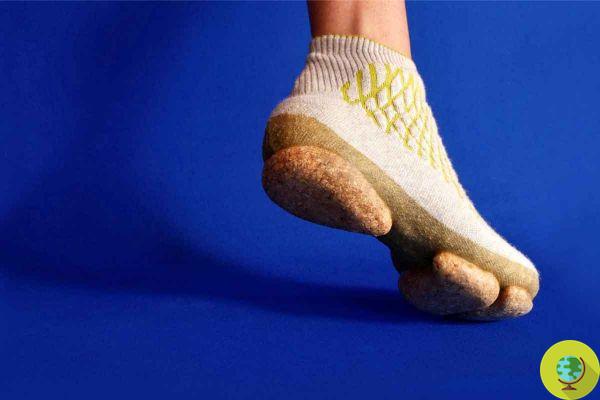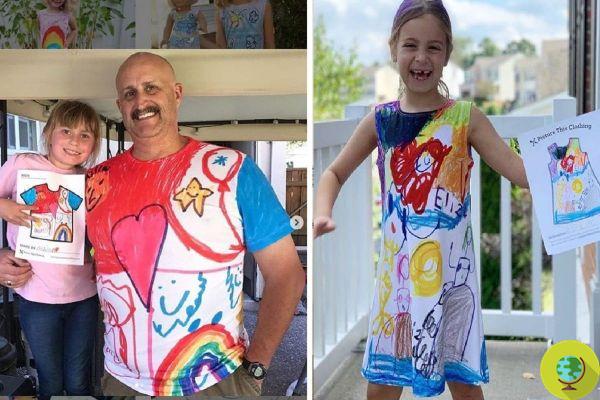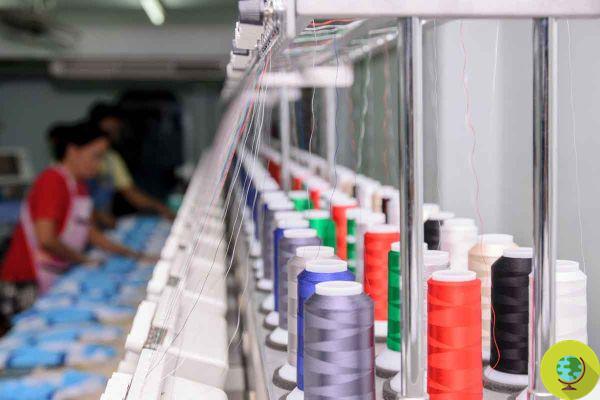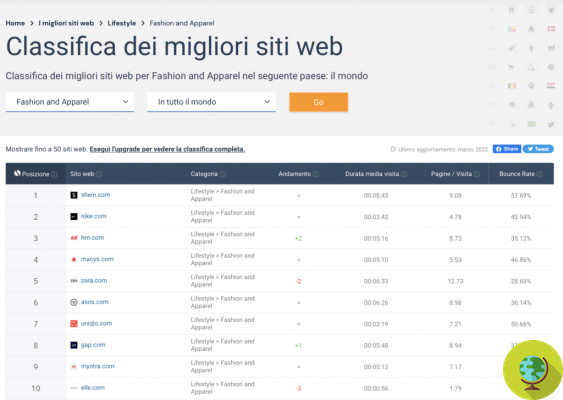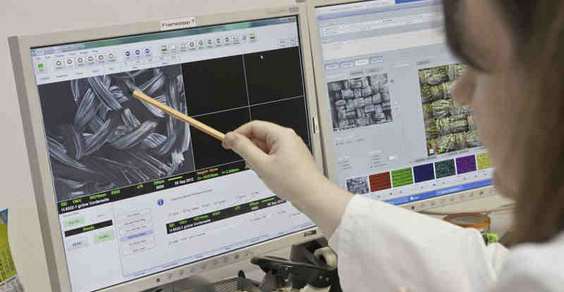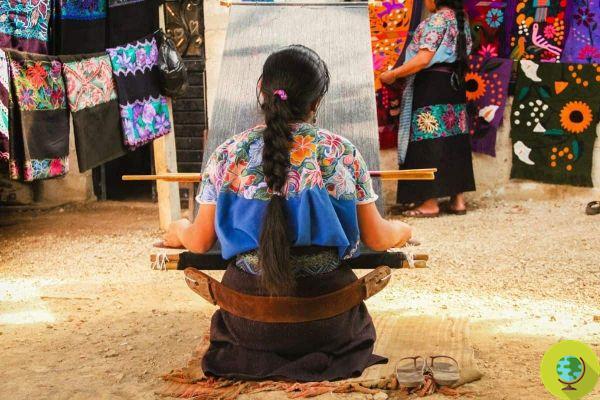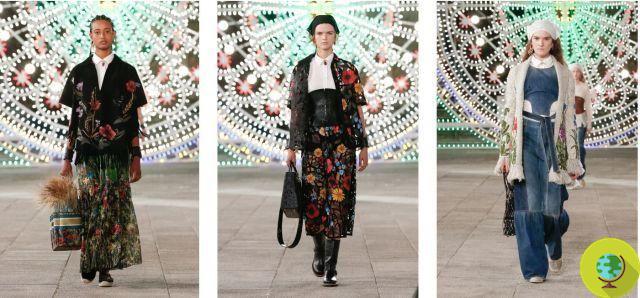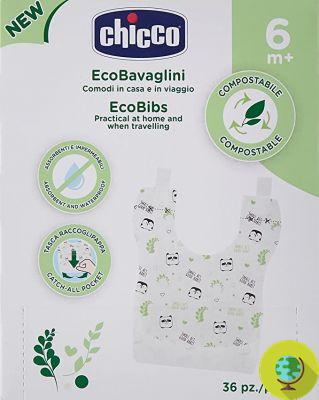
Disposable, compostable T-shirts and shoes from which tires are made. Swims fashion trends, from Wear and Toss to Puma
Don't store avocado like this: it's dangerousEven shoes and clothes become disposable. AND "disposable" in compost. The use of natural fibers and completely sustainable materials in fashion is no longer a novelty, but the boys of Wear and Toss they go further, throwing one disposable clothing line, completely compostable as it is made with vegetable fibers - moreover processed from renewable sources, including cellulose, beetroot, corn starch and sugar cane.
The initiative sees the entrepreneur from Treviso as the protagonist Filippo DeMartin, who together with the two collaborators, the engineer Wolf Rossi and the textile engineer Nicola Monti, has given birth to his line of Wear and Toss garments, based on a new one material, completely biodegradable, which paves the way for the future of compostable clothing. And there are already those who speak of it as a revolution.
What does it mean? We buy a T-Shirt, use it, and then we can throw it in homemade compost, i.e. together with organic waste. Single use. Not only. The cost of such clothing would be quite low. De Martin explains: "It is a stable material, a jersey, a soft jersey, with elasticity and drape effect like normal fabrics and the remarkable thing that it is very low cost: a t-shirt will reach the consumer only 2 euros." However, it should be considered that it will only be used once.
But what are the advantages ofbiodegradable disposable clothing? First of all, those for the environment. The clothing produced in fact, once used, can be easily disposed of in the ground as compost, literally buried, or thrown in the appropriate containers where it decomposes turning into water and carbon dioxide, essential elements for the chlorophyll photosynthesis of green plants.
According to its creators, the use of this material has the further advantage to reduce theenvironmental impact, as an alternative to cotton: “The 25 million tons of cotton produced each year have a huge impact on the environment, the revolution of Wear&Toss™ lies precisely in the use of sustainable and biodegradable fibers and in the reduction of production costs ”they reiterate. In fact, by comparing Wear & Toss ™ and the cotton there is a saving of 95% of water and 75% of Co2 emitted into the air. And here are the other benefits:
- Economic: production costs compared to the cotton supply chain are reduced by 70%. And this favors the repurchase, offering the entrepreneur the possibility of varying and creating infinite items that are always new and at reduced costs.
- hypoallergenic: the structure of the fabric ensures perfect protection of the skin against dust mite allergens.
- Comfortable and breathable: the garments guarantee maximum comfort and breathability.
- Rubber band: thanks to its properties, the fabric is extremely ductile e flexible, can be pulled and wrinkled without ever deforming.
- Stable: the fabric does not release fibers and dust.
- Isotropic: it is able to maintain the same properties and physical characteristics in all directions. This translates into excellent resistance and sturdiness of the garments.
Due to its characteristics, Wear and Toss clothing is suitable for the most diverse situations: from fashion to the sports, from normcore al military, from cosmetic al bio-medical.
It is also very easy to carry as it is available in pocket. She practically fits in one hand. Imagine the advantages, for example when we pack up to go on a trip, we could carry the whole wardrobe with us, throwing everything away before returning, and freeing our luggage to fill it with souvenirs and new purchases. But more weight problems at the airport. The new t-shirts and new items will be on sale at hypermarkets and shopping centers, but also airports, railways and highways, post offices, stationery and tobacconists, fairs and events. And last but not least, the T-Shirts can also be customized.
Pass us this generalization, it is the dream of women in particular, make up your wardrobe spending very little, considering that the garments will cost 2 €, really changing a dress for any occasion. We will be spoiled for choice. And then it does not wash, it does not iron, it does not wrinkle. Less clothes in the washing machine and goodbye iron, a further energy saving that should not be underestimated.
Of course, in a throwaway culture, letting clothes also enter this morbid circuit may not be the solution for true critical consumption, but it is also true that these products could probably be useful in some certain circumstances. For our part, we continue to prefer reuse.
And precisely on this front is inserted a similar but diametrically opposite initiative launched by the famous sportswear house, the Puma that is aiming to make shoes, t-shirts and bags compostable or anyway 100% recyclable. The idea of the Puma is summed up by the title "Cradle to Cradle”Which means to the cradle to the cradle. Giving new life to things, this is the philosophy to follow.
He explained it Franz Koch, CEO of Puma, to the Guardian and to Wirtschaftswoche: “The line follows two circuits, the technical one and the biological one. For example, old shoes and shoes can be recycled T-shirts compostable producing new ones. But we can also use them to make other things, like car tires. During the organic circuit, however, I can produce compostable shirts and shoes. So when they are no longer needed, they can be buried in the garden. We are working on products that meet these criteria ”.
Francesca Mancuso





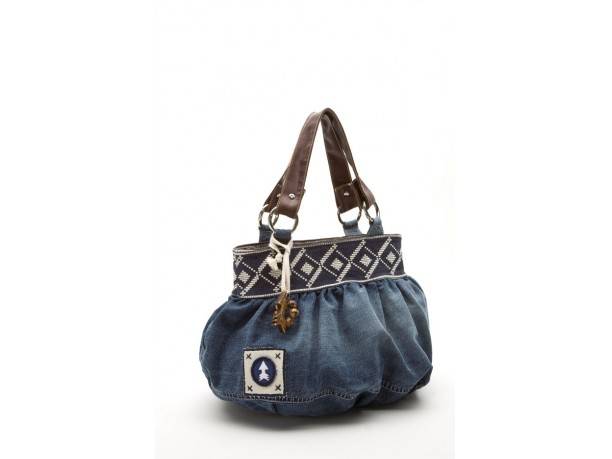

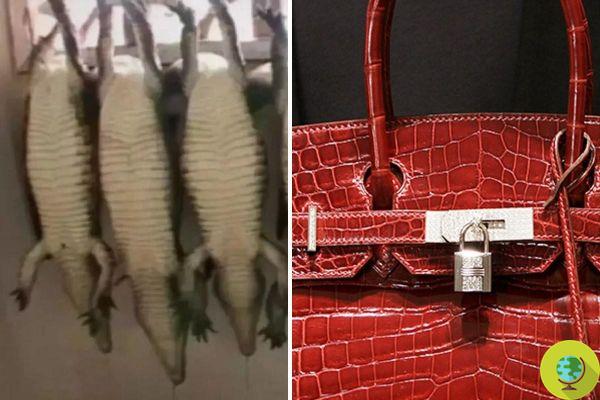
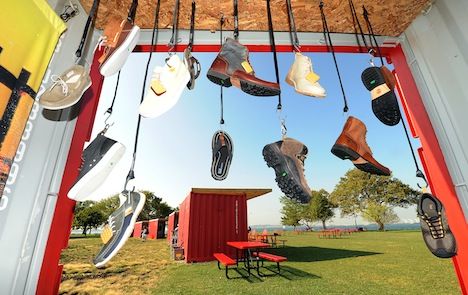

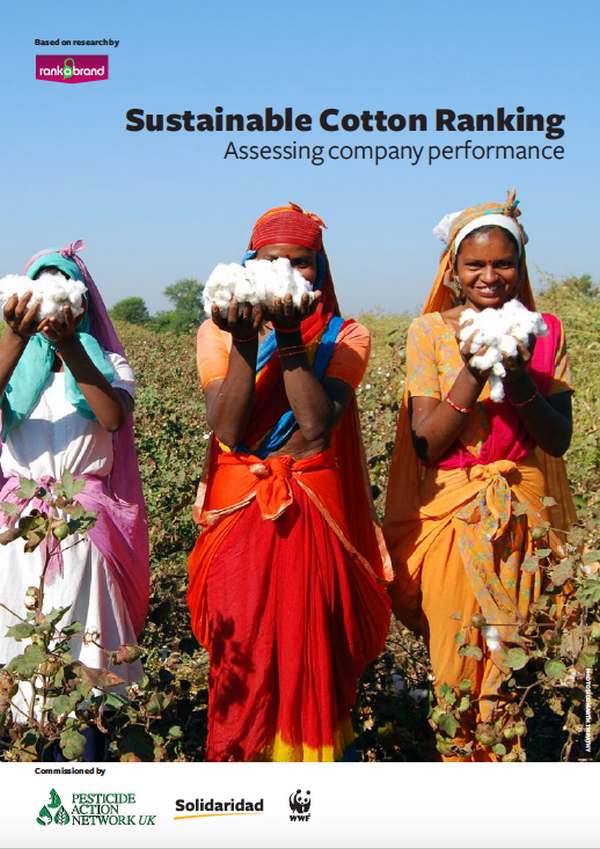

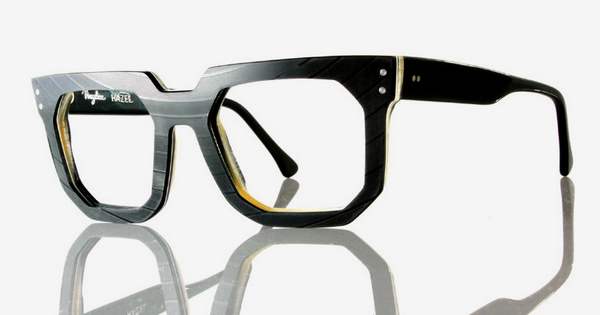
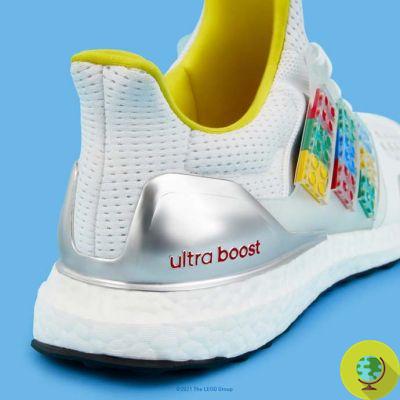

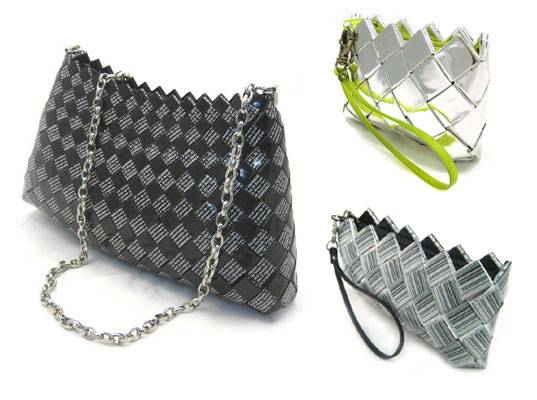

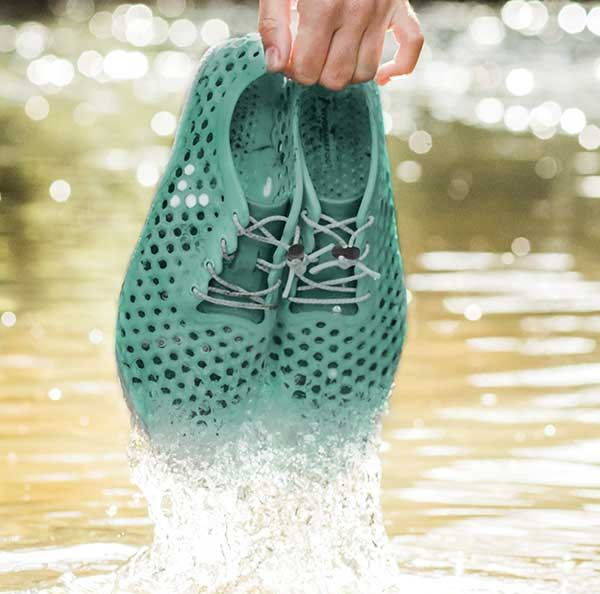
![Vivienne Westwood has a message for all the powerful ahead of COP26 [VIDEO]](/images/posts/221fa8f5dd2d21a4210e6b9071546b56-0.jpg)
